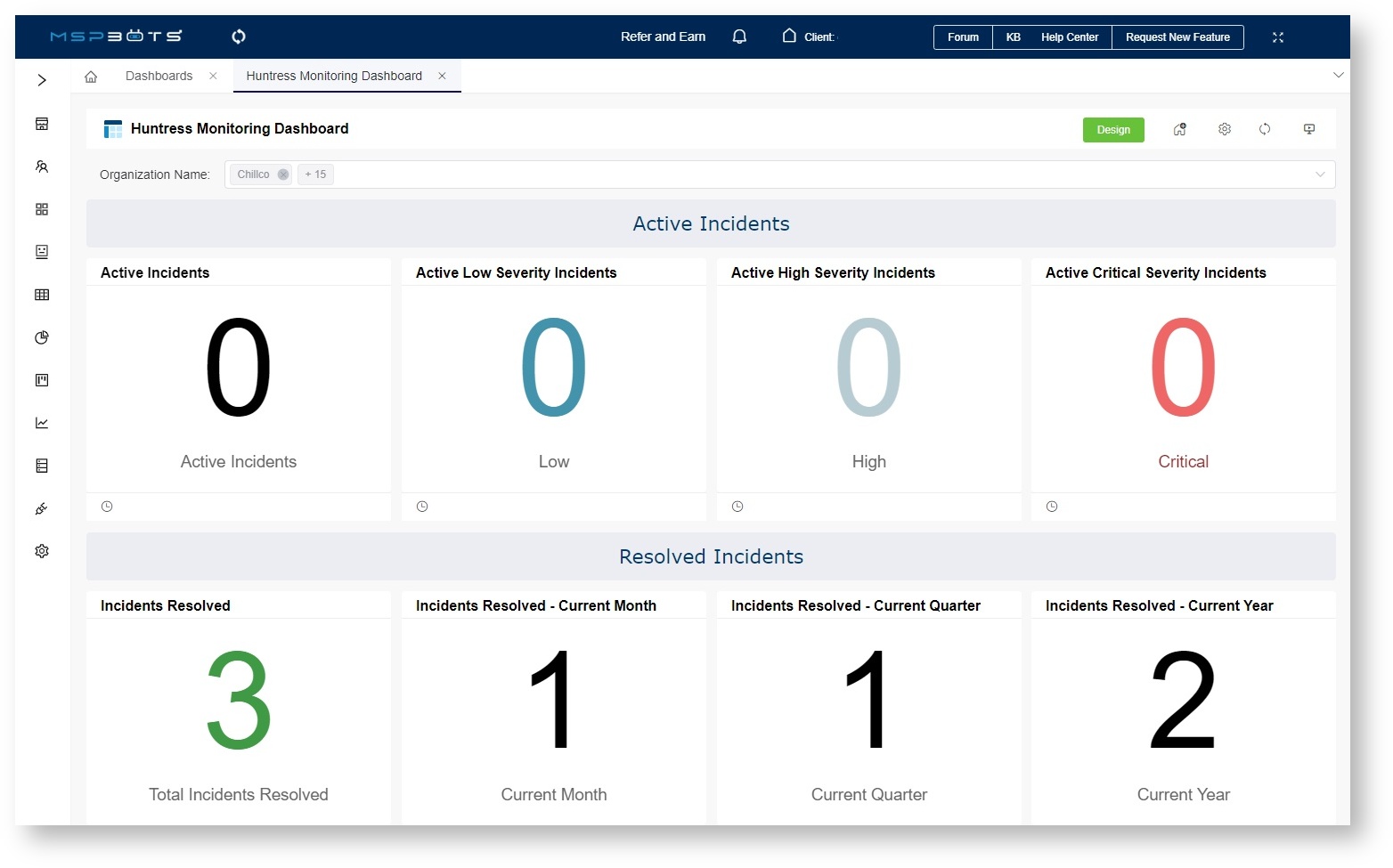 N O T I C E
N O T I C E 
MSPbots WIKI is moving to a new home at support.mspbots.ai![]() to give you the best experience in browsing our Knowledge Base resources and addressing your concerns. Click here
to give you the best experience in browsing our Knowledge Base resources and addressing your concerns. Click here![]() for more info!
for more info!
 N O T I C E
N O T I C E 
MSPbots WIKI is moving to a new home at support.mspbots.ai![]() to give you the best experience in browsing our Knowledge Base resources and addressing your concerns. Click here
to give you the best experience in browsing our Knowledge Base resources and addressing your concerns. Click here![]() for more info!
for more info!
Data integrity, privacy, and security are crucial in every company and organization. If these are compromised, your company can experience extensive and severe effects like business disruption, operational inefficiencies, loss of intellectual property, damage to reputation, and massive financial losses. With the Huntress Monitoring Dashboard, your company is response-ready and able to mitigate these effects and protect your organization.
This dashboard is available to users of Huntress, a managed security platform that specializes in endpoint threat detection and response.
What's in this article:
What is the Huntress Monitoring Dashboard?
The Huntress Monitoring Dashboard highlights security incidents as they are detected among your teams or clients. It shows the status of agents, counts the active and resolved incidents, and flags critical incidents for quick response and action-taking. You can filter the dashboard data with the Organization Name slicer.
What are the widgets in the dashboard?
A security incident is any event or situation wherein there is an attempted or actual unauthorized access, use, disclosure, modification, or destruction of information. The widgets in the Huntress Monitoring Dashboard groups incidents in the following sections:
- Active Incidents - These incidents are currently in progress or have recently been detected and are actively being addressed by the organization's security team. Active incidents require immediate attention and response.
- Active Incidents - This widget shows the total number of active incidents encountered.
- Active Low Severity Incidents - This widget shows the number of incidents with minimal impact on the organization's operations or security. Examples are low-risk spam emails, minor website defacement, and isolated incidents of unauthorized access with no sensitive data exposure.
- Active High Severity Incidents - This widget shows high-severity incidents that cause substantial impact on business operations and may lead to moderate financial losses. While they are significant, they may not immediately threaten the overall stability or survival of the organization. They require prompt action and response to prevent further escalation and minimize damage.
- Active Critical Incidents - This widget shows the number of incidents that have a catastrophic impact on the organization's operations and security. These incidents pose a substantial threat to data, systems, or services and require immediate action. Examples are data breaches, advanced persistent cyberattacks, network outages, unauthorized access to sensitive data, and malware infection with widespread impact.
- Resolved Incidents - These incidents were detected at a given time and were resolved by the security team.
- Incidents Resolved - This is the total number of resolved incidents encountered.
- Incidents Resolved - Current Month
- Incidents Resolved - Current Quarter
- Incidents Resolved - Current Year
- Agent Status - This section shows the number of agents being monitored and their status.
- Total Agents - This widget shows the total number of agents monitored in the dashboard.
- Outdated Agents - This widget shows the number of agents with outdated machines or software and are thus vulnerable to incidents.
- Reported Footholds and Other Indicators - This widget shows the number of virtual spots secured by the attacker in an environment or machine. These footholds allow the attacker to maintain access through system disruptions.
